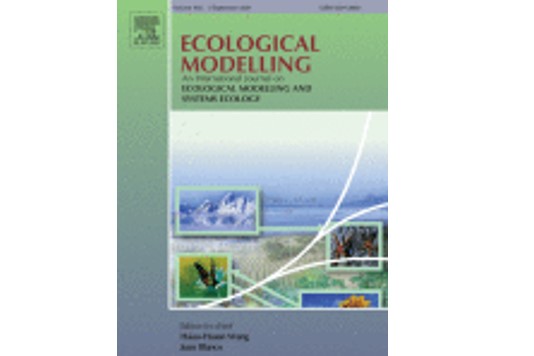Published in: Ecological Modelling
Authors: Doug P. Armstrong, Elizabeth, H. Parlato & Peter G.H. Frost
Abstract:
Survival, reproduction and detection rates may vary greatly amongst individuals. Failure to account for this variation results in biased inferences about age effects and population size. However, individual variation is not normally considered in population viability analysis, potentially leading to misleading projections for small populations. We present a novel data-augmentation approach for incorporating individual variation in rates in integrated population models. By adding rows to survival and reproduction matrices for hypothetical individuals in both the past and future, inferences about individual variation derived from Bayesian hierarchical modelling are propagated into population projections. We apply this method to a small reintroduced population of hihi (Notiomystis cincta) at Bushy Park, New Zealand, where individuals vary greatly in reproductive success, longevity and detection probability, and ongoing management decisions depend on modelling projections. We compare the results to those from an alternative model that ignores individual variation but incorporates sex and age effects. The modelling confirmed pronounced individual variation in all rates, and greatly altered their interpretation. Estimated survival and reproduction rates of average individuals became much lower and apparent age effects disappeared. In addition, the estimated proportion of fledglings produced by unmonitored females dropped from 23% to 9%. Incorporation of individual variation in the integrated population model resulted in more optimistic population projections over the next four years although the difference was minor in relation to the 95% prediction limits. The methodology presented has broad potential for assessing whether population projections used to guide management of small populations are sensitive to individual variation.
You can access the paper here
